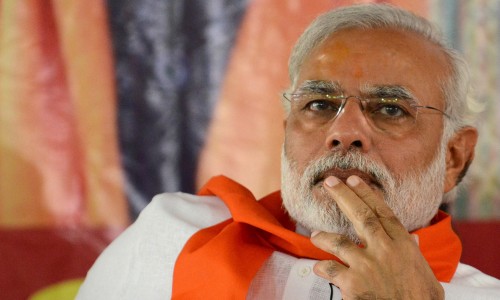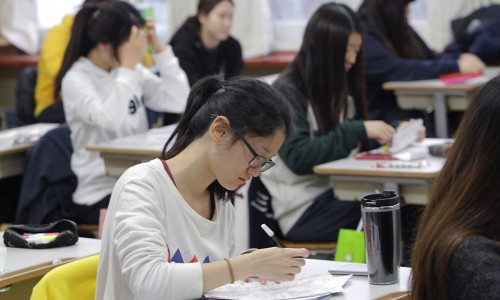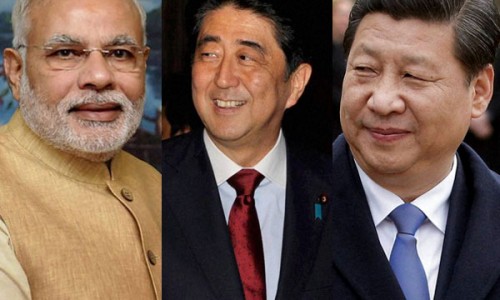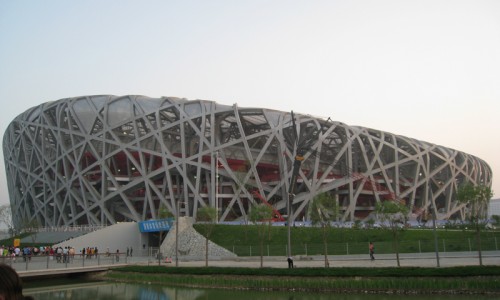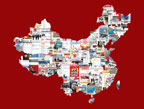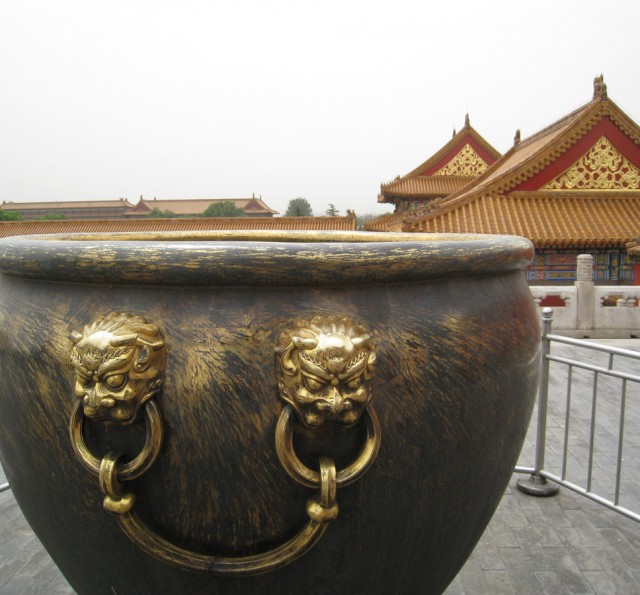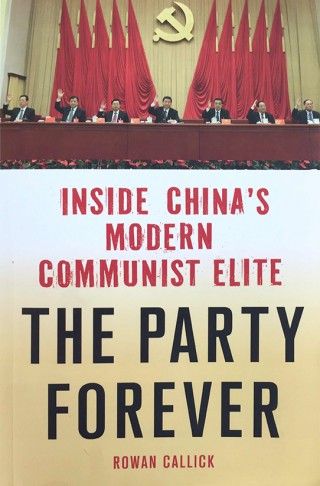Published January 1, 2015
Rowan Callick (Asia-Pacific editor)
I attend an especially jolly annual Christmas event for people who are now, or have been in their murky pasts, associated with the mining industry, especially people in the media.
Everyone provides their forecast for the following year, either facetious or serious.
Fortunately, no one can remember the predictions the following year – or even, for the most part, by the end of that long evening’s festivities.
Anyone who could accurately forecast where the dollar rate, the prices of oil, iron ore or gold, or the property market are heading – which many of those celebrating attempt – would probably be ensconced in some tropical paradise rather than in a Melbourne hostelry, however hospitable.
My contribution in terms of trends for 2015 is thus a more cerebral one, courtesy a guru of one of the more respected firms whose business is keeping up with – or ahead of – them, Boston Consulting Group.
Janmejaya Sinha, the Mumbai-based Asia Pacific chairman of the group, notes that within its five regions, the USA is starting to challenge for the leadership in profitability growth.
But he’s confident that “his” region will retain its crown in the coming year.
Once an economy exceeds $US 1 trillion a year, he told me on a recent visit to Australia, it gains true relevance on a global scale. Australia’s is more or less treading water, but has already reached $US 1.5 trillion.
India only reached $US 1 trillion in 2007, long after China, but is now running at double that, and by 2020 will be double again.
China’s economy was just 80 per cent of Germany’s in 2005, but between 2010 and 2013 it added the equivalent of a Germany.
None of the successful Asian economies have really followed the route mapped out by the Washington consensus, he points out – low government borrowing, broadening the tax base, competitive exchange rate, liberalisation of inward foreign direct investment, privatisation of government businesses, market determined interest rates, rule of law.
Especially the region’s dominant economy, China.
And one of the first international decisions of the new Modi regime in India was to blackmail its peers in the fragile World Trade Organisation into letting it retain its farm subsidies and stockpiles, through which it is exporting hectically.
The rising powers of Asia, Sinha says, are facing in 2015 different challenges from those in the West today, he says – they are tackling those the US addressed a century ago.
A good corporate structure in the West, he says, “has diversified shareholding, is very responsive to those investors, has a clear focus on its business opportunities.”
But in Asia, beyond Australia and New Zealand, and in a sense Japan, “if you want to succeed, the state is as important a player as the investor.” So it’s necessary for a company to understand the state deeply, to engage, interpret, inform and even influence it where possible.
In India, of the top 200 firms 70 per cent are family owned and managed, and 15 per cent are state owned. And almost all, are conglomerates – just as they are in many other Asian countries including China, South Korea, Japan, Thailand and Indonesia.
Sinha says in his experience, family and state companies in the region want to grow rapidly and globally – unlike their more conservative cousins elsewhere.
Of 13,000 companies around the world with revenue of more than $US 1 billion ($A 1.2 bn), 4,000 are based in the Asia-Pacific region, with a further 3,000 anticipated in China, India and Indonesia combined in the next five years.
In 2000 there were just 19 Indian companies with that turnover, now there are ten times as many.
Sinha says he doesn’t think that Western counterparts comprehend adequately how to evaluate a family company.
His own questions would include which generation is currently running the business, and whether a succession plan is clearly established and accepted. The mental orientation and the talent have to be right, he says, and the ambition strong.
And foreign investors must continue to consider all types of joint ventures to suit the market best, he says.
“We need to train ourselves to look forward, because the changes coming will be so staggering – they already are.”
The most severe challenges, he says, will come where least anticipated – outside your own industry silo, as happened with Kodak. It was concerned about competition from the digital camera – but it was adding a photo function to smartphones that really killed the company.
He speculates that the financial services industry may be about to face a similar shake-up, with “Google owning more information on individuals than any bank.” And he asks, “Should Coles be looking at Woolworths or Amazon as its ultimate competitor?”
The consulting business is also fast changing, Sinha says, from problem solving to value unlocking, “with the pace of change so rapid and the industry silos so tenuous” – prompting firms to look for help increasingly from outsiders.
My final, ultra-visible prediction for 2015 repudiates that of my former boss Alan Kohler. Usually brilliantly unanswerable, he forecast on these pages on Tuesday that the tie would soon disappear, “never to return.”
It is my forlorn duty to tell him he’s wrong.
In Asia, business and white-collar work is growing exponentially. For males, the sign sealing success is… the tie. If you want to be seen to be taking a meeting in Beijing, Mumbai or Bangkok seriously, you’ll be tied up.
Even in the tropical Pacific, the tie is on the advance – part of the new informal uniform of MPs in PNG for example.
The Windsor knot may not be as perfect as a royal valet would ensure, but in 2015 the tie will be on the front foot, as it were.

